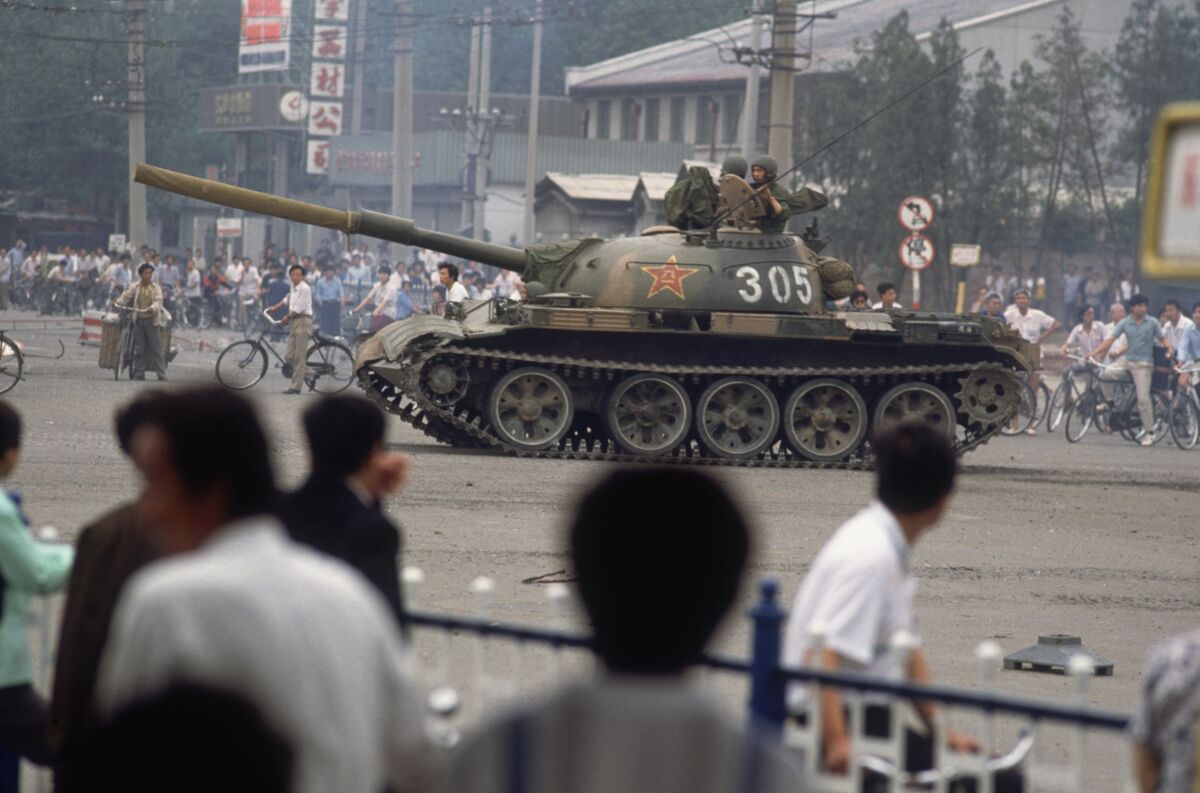

This means the Swiss can spend in 1 month what people in the Central African Republic can spend in 7 years. The US has a GDP per capita of int.-$54,225 and Switzerland of 57,410 international-$. Qatar and other very resource-rich economies might be considered outliers here, suggesting that it is more appropriate to compare countries that are very rich without relying mostly on exports of natural resources. This is taking into account price differences between countries and therefore expressed in international-$ ( here is an explanation). Income: If you look at average incomes and compare the richest country – Qatar with a GDP per capita of almost $117,000 – to the poorest country in the world – the Central African Republic at $661 – then you find a 177-fold difference.Here is the world map of expected years of schooling.And additionally, children tend to learn much less in schools in poorer countries, as we explained before. Children entering school at the same time in countries with the poorest access to education can only expect 5 years. In Australia, which is an outlier, school life expectancy is 22.9 years. Education: In the countries where people have the best access to education – in Europe and North America – children of school entrance age today can expect 15 to 20 years of formal education.Here is the world map showing child mortality rates around the world.In the healthiest countries of the world – in Europe and East Asia – only 1 in 250 children will die before he or she is 5 years old. In several African countries more than one out of ten children born today will die before they are five years old. Health: A child born in one of the countries with the worst health is 60-times more likely to die than a child born in a country with the best health.This visualization shows the inequality in living conditions between the worst and best-off countries in the world today in a number of aspects: Inequalities within countries and societies – regional differences, racial differences, gender differences, and inequalities across other dimensions – can also be large, and are all beyond any individual’s own control and unfair in the same way. The inequality between countries that I am focusing on in this text is not the only aspect that needs to be considered. Today’s global inequality of opportunity means that what matters most for your living conditions is the good or bad luck of your place of birth. If we are concerned about equality of opportunity tomorrow, we need to be concerned about inequality of outcome today.” 2 Tony Atkinson said it very clearly: “Inequality of outcome among today’s generation is the source of the unfair advantage received by the next generation.
But the point of this text is to say that these two aspects of inequality are not separable. For others it is the inequality in opportunity – the opportunity to achieve good outcomes – that is unfair. For them it is the inequality in the outcomes of people’s lives that matters. It strikes many people as inherently unfair that some people are able to enjoy healthy, wealthy, happy lives whilst others continue to live in ill-health, poverty and sorrow. Our hope for giving the next generations the chance to live a good life lies in broad development that makes possible for everyone what is only attainable for few today. This is not only right, but, as we will see below, is also realistic. It is on us today to even the odds and give everyone – no matter where they are born – the chance of a good life. Some places have seen dramatic improvements, while others have not. Today’s global inequality is the consequence of two centuries of unequal progress. This single, utterly random, factor largely determines the conditions in which we live our lives. But as we will see in the data, these matter much less than the one big thing over which we have no control: where and when we are born. 1 Yes, our own hard work and life choices matter. Our individual stories play out amidst these major global changes and inequalities and it is these circumstances that largely determine how healthy, wealthy, and educated each of us will be in our own lives. This is largely the consequence of the changes in the last two centuries: in some places living conditions changed dramatically, in others more slowly. Living conditions are vastly unequal between different places in our world today.


 0 kommentar(er)
0 kommentar(er)
